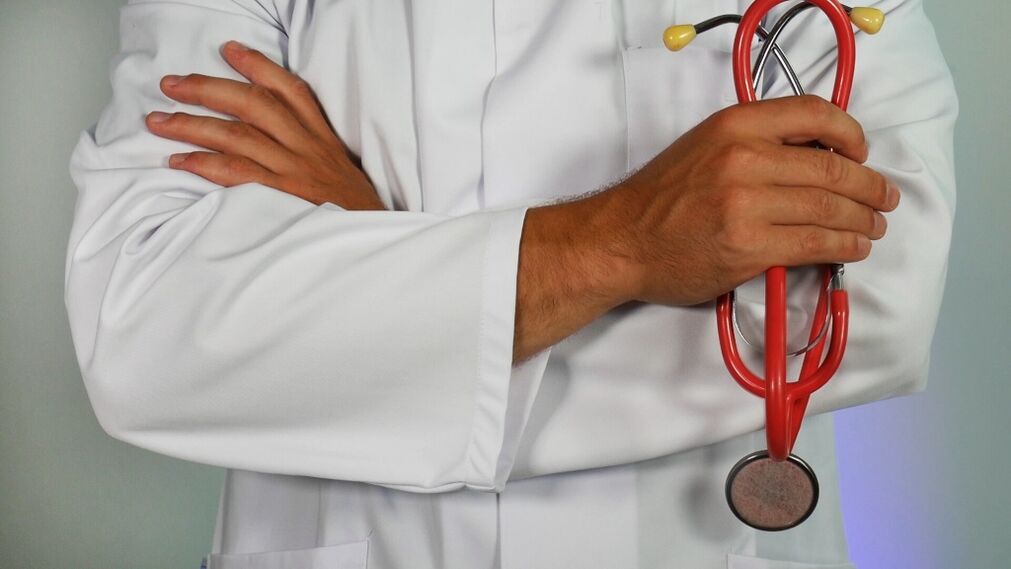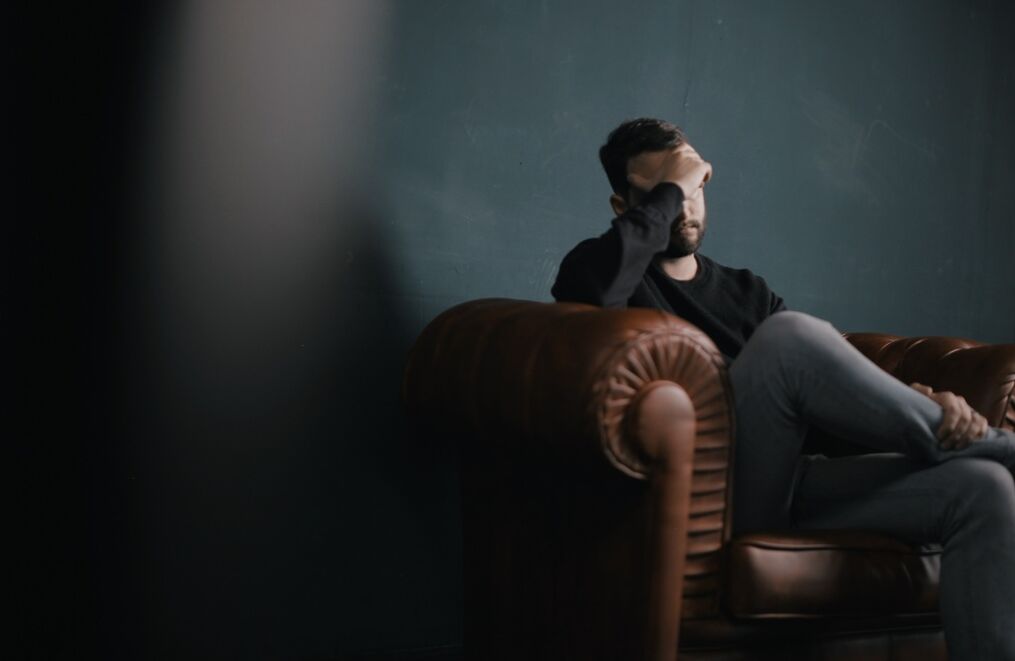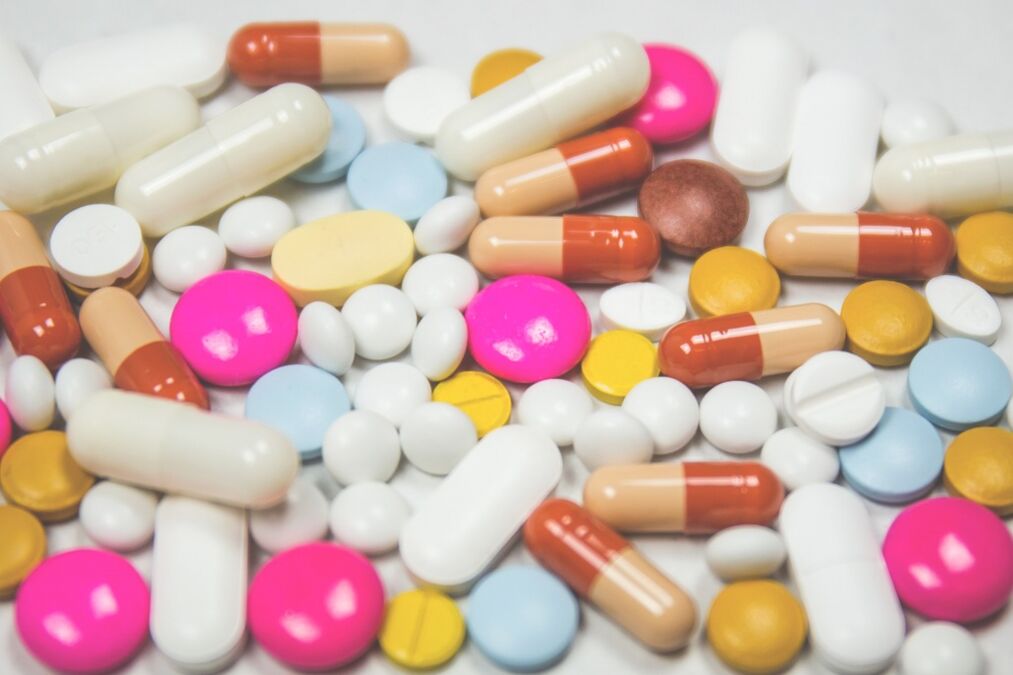What is prostatitis?This is the most common urinary disease in men due to prostatitis, pathogenic infection (definitely pathogenic) and conditional infection.

In most cases, in young, sexually active men, it is a complication of sexually transmitted diseases that have low or no symptoms.Causes of the development of prostatitis can be: Trichomonas, gonococci (causing gonorrhea), chlamydia, ureaplasma, mycoplasma.Among organisms unrelated to STIs, E. coli, fecal enterococcus, etc.is of great importance.
According to modern classification there are:
- Acute prostatitis.
- Chronic bacterial prostatitis.
- Chronic prostatitis (chronic pelvic pain syndrome) has signs of inflammation.
- Chronic prostatitis (chronic pelvic pain syndrome) has no signs of inflammation.
- Asymptomatic prostatitis (asymptomatic) chronic prostatitis.
Nowadays, in most cases, we are faced with the second type of prostatitis in men, since in recent years trichomoniasis, chlamydia, ureaplasmosis and mycoplasmosis have played a leading role in the structure of STIs, which initially, in the vast majority of cases, do not have any manifestations, that is, do not bother a person in any way.And only after a long time they manifest themselves as a complication - prostatitis.
It should be said that asymptomatic prostatitis is detected in the majority of patients presenting simply for STIs, in partners of women with STIs, as well as in infertile patients.
Causes of prostatitis
As a rule, prostatitis is diagnosed when:
- reduced physical activity (sedentary lifestyle);
- disturbance of the rhythm of sexual life (prolonged abstinence from sex, often replaced by hypersexual life);
- alcohol abuse;
- chronic constipation;
- due to STI infection - urethral prostatitis, i.e. occurs when the infection enters the prostate from the urethra;
- due to the penetration of pathogens from foci of chronic infection (chronic tonsillitis, sinusitis, kidney disease, etc.);
- for diseases of the rectum (hemorrhoids, anal fissures, paraproctitis) - endogenous prostatitis.This explains the detection of E. coli in most cases of chronic prostatitis.

Symptoms of prostatitis in men
It begins with an increase in temperature to 39-40 ° C accompanied by fever and chills, difficulty urinating, pain and burning during urination;In severe cases, due to swelling of the glandular tissue, acute urinary retention occurs - a condition requiring surgical intervention.
It proceeds without manifestation.It is detected mainly in patients who want to be tested for STIs after regular sexual intercourse.It is also detected in patients who present as sexual partners of women with STIs or in patients with sperm pathology.
Expression:
- Discomfort and pain in the lower abdomen and perineum, sometimes patients note that the pain spreads to the head of the penis or to the urethra.
- Urinary disorders.Frequent, painful urination, feeling of incomplete urination (often accompanied by hypothermia), frequent urination at night, difficulty urinating, and weak urine stream.
- Sexual dysfunction.Pain and discomfort during ejaculation, urethral and rectal pain, weakening or loss of orgasm, etc.
- Change the ability of sperm to fertilize.
- As a result, the patient's anxiety and stress increase, which is caused by excessive attention to his condition.
Complications of prostatitis
In the absence or inadequate treatment of prostatitis, the following complications may occur:
- Transition from acute to chronic prostatitis.
- Acute urinary retention (patient unable to urinate for a long time) may require surgical intervention.
- Development of male infertility.
- Scarring and adhesions form in the urethra and then narrow.
- Development of cystitis (cystitis).
- Inflammatory kidney disease (pyelonephritis, etc.).
- The appearance of purulent prostatitis in men (prostatic abscess), requires surgical intervention.
- Sepsis (the entry of infection into the bloodstream leading to damage to organs and systems of the entire body) is a dangerous, life-threatening complication.It develops more often in patients with impaired immune system function, in diabetic patients, in patients with chronic renal failure, in AIDS patients, etc.
Diagnosis of prostatitis
Diagnosis of prostatitis is made in patients with characteristic complaints, as well as in patients with confirmed STIs and established infertility.
Diagnosis includes:
- Digital (transrectal) examination of the prostate by collecting and testing prostate secretions (juice), when inflammation is detected in the gland.
- Urine test: general analysis, taking 2 or 4 glasses of urine, bacterial test (to detect prostatitis pathogens), cytological test (to detect cancer).
- Urine flow measurement: evaluates the characteristics of urine flow, quantity, flow rate, and urination time.
- Ultrasound examination to detect residual urine, organic damage to the prostate, official signs of prostatitis.
Sometimes, to diagnose prostatitis and rule out cancer, the following are additionally indicated:
- Sperm research.
- Prostate biopsy.
- PSA blood test (to detect cancer).
- Computed tomography of the pelvic organs.
- Nuclear magnetic resonance examination of pelvic organs, etc.

Treatment of prostatitis
Treating bacterial prostatitis caused by an STI is not an easy task.Adequate and timely treatment will lead to complete cure of this type of prostatitis after complete eradication (disappearance) of the STI pathogen in most patients.It is worth mentioning that complete cure of prostatitis caused by vulgar infections (not STIs) occurs only in 30% of cases, despite the achievements of modern medicine.In these cases, the goal is to achieve stable remission.
Modern treatment of prostatitis includes:
- Antibacterial treatment for at least 2 weeks, sometimes up to 1-2 months or more.
- Treatment of pain syndrome (anti-inflammatory drugs in the form of suppositories, injections, tablets).
- Treatment of urinary disorders (α-1 blockers, 5-α-reductase blockers).
- Physiotherapy treatments (magnetic therapy, laser therapy, etc.).
- Prostate massage.
Patients are also encouraged to make lifestyle changes, specifically:
- regular sex life, no sexual excesses;
- give up alcohol and a sedentary lifestyle;
- mandatory use of barrier contraception;
- Treating gastrointestinal diseases that cause fecal impaction, etc.

























